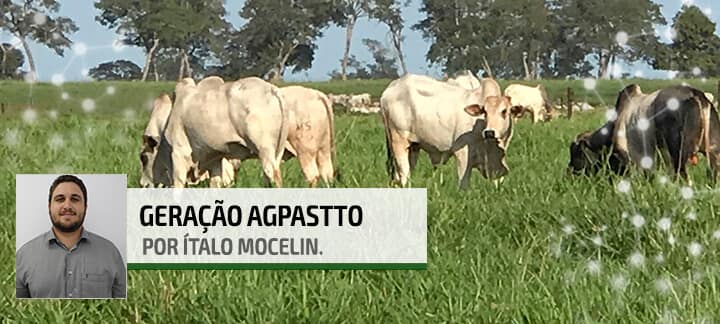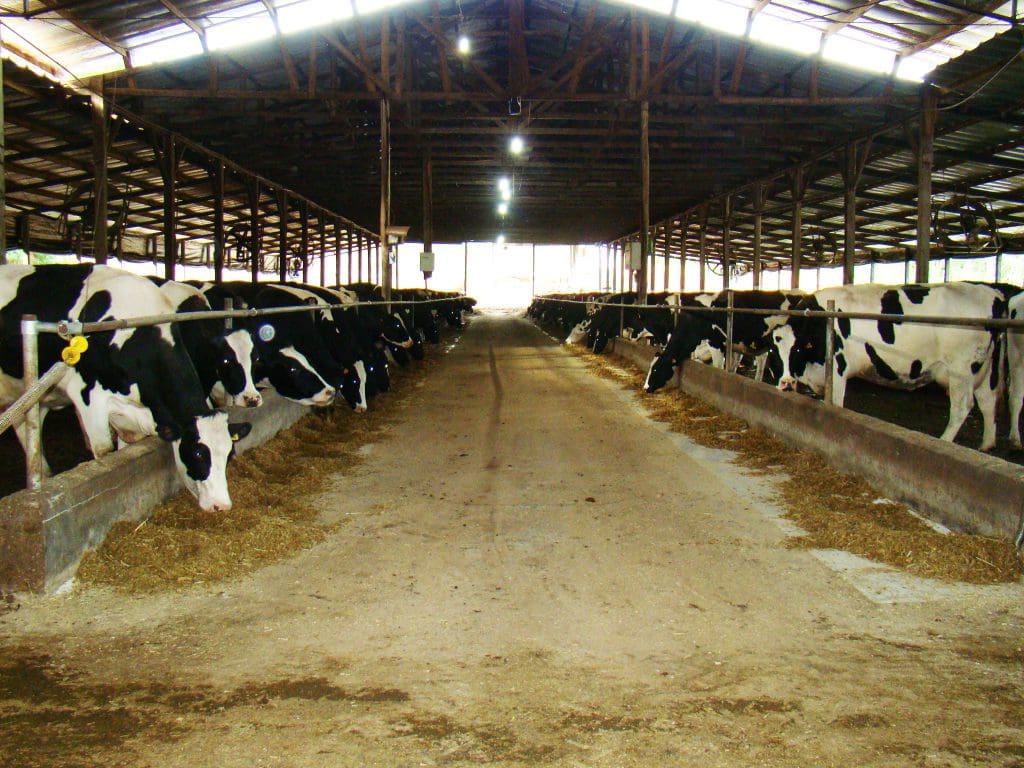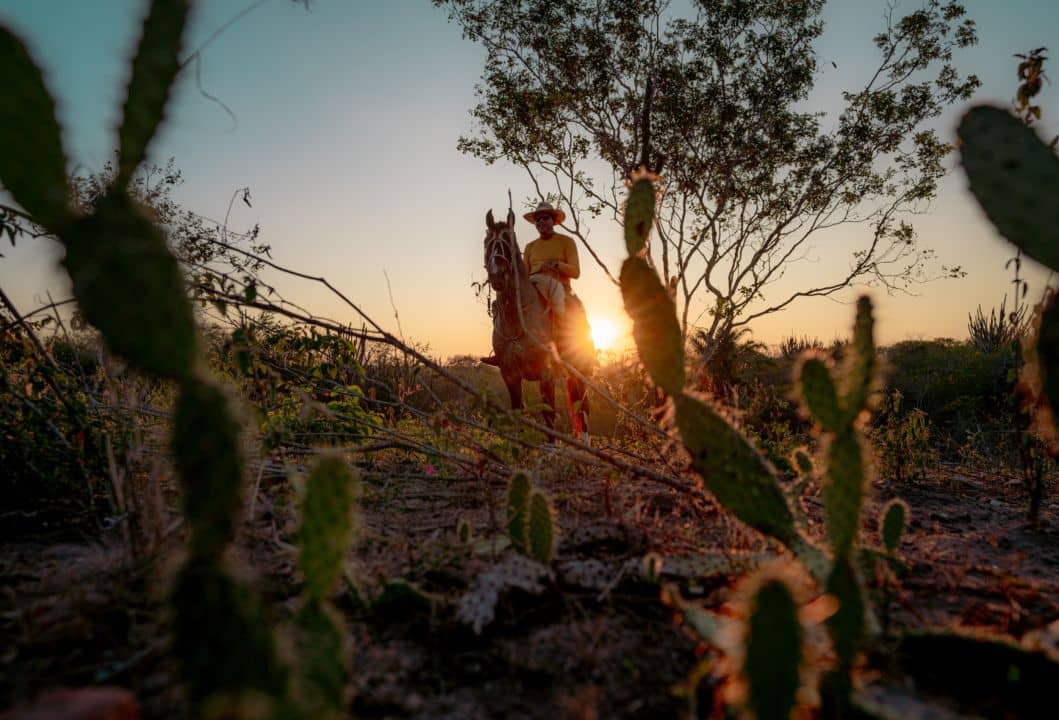The Brazilian beef industry is on the rise, and gado de corte (beef cattle) is at the forefront of the industry’s boom. With an increasing demand for beef both domestically and internationally, Brazil has become the largest exporter of beef in the world, and gado de corte is driving that growth.
According to the USDA Foreign Agricultural Service, Brazil’s beef production is expected to increase by 4% in 2021, reaching a record high of 10.4 million metric tons. Brazil’s beef exports are also set to increase, with shipments expected to rise by 7% to reach 2.88 million metric tons in 2021.
One of the reasons for the rise of gado de corte is Brazil’s favorable climate and geography. Brazil has vast expanses of fertile land, ideal for raising beef cattle. The country is also a major producer of soybeans and corn, which serve as a primary source of feed for cattle. With abundant resources and lower production costs, Brazilian beef is highly competitive on the world market.
The Brazilian government has also played a role in the industry’s growth. In recent years, the government has implemented policies to increase agricultural production and exports, providing support for farmers and investing in infrastructure, technology, and research.
Another factor driving the rise of gado de corte is Brazil’s increasing domestic demand for beef. As the country’s middle class has grown, so has their demand for high-quality meat. According to the Brazilian Association of Meat Exporters, domestic beef consumption in Brazil has increased by 16% in the past five years, reaching a record high of 38.8 kg per person in 2020.
Brazil’s beef industry has faced challenges in the past, including issues related to environmental sustainability and animal welfare. However, the industry has made significant strides in addressing these concerns. Major beef producers in Brazil have instituted sustainability programs, such as reducing greenhouse gas emissions and preserving natural habitats, and have implemented animal welfare standards to ensure humane treatment of cattle.
The rise of gado de corte has had a significant impact on Brazil’s economy, providing job opportunities for millions of people and contributing to the country’s economic growth. The industry has also had an impact on global food security, as Brazil’s beef exports have helped to provide a reliable source of protein to countries around the world.
Overall, the boom in Brazil’s beef industry can be attributed to a combination of favorable climate and geography, government support, increasing domestic demand, and a commitment to sustainability and animal welfare. As gado de corte continues to drive the industry’s growth, Brazil is poised to remain a major player in the global beef market for years to come.


